United Airlines Flight 232 was a regularly scheduled flight from Denver to Chicago. In a few hours all 296 passengers and crew would have landed and been on their way. Unfortunately, everything would change that
United Airlines Flight 232 was a regularly scheduled flight from Denver to Chicago. In a few hours all 296 passengers and crew would have landed and been on their way. Unfortunately, everything would change that late afternoon on July 19th, 1989.
DC-10

McDonnell Douglas DC-10s were designed in the 60s, and made its first maiden flight on August 29th, 1970. Capable of carrying a maximum of 380 passengers, its distinctive feature was the third engine mount through the tail. All the hydraulic lines were also in the tail, this detail would later prove catastrophic.
What Happened?
During the United Flight 232, the fan disk of the DC-10’s tail mounted engine explosively disintegrated, puncturing all three hydraulic lines while flying at 37,000 feet.
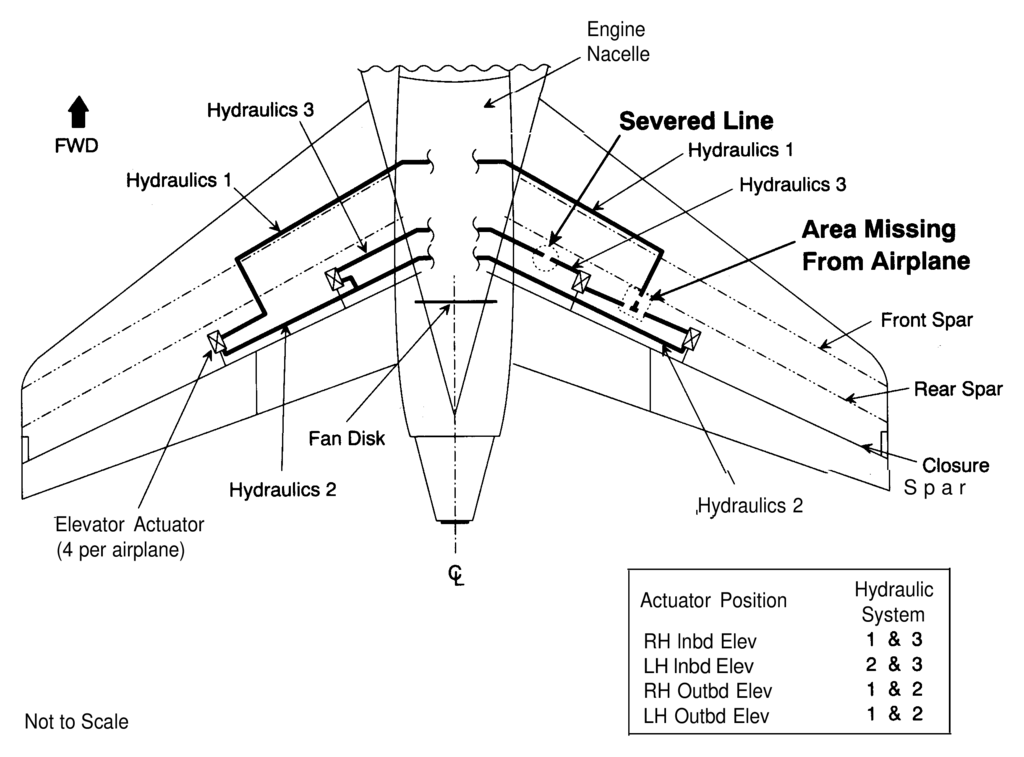
“And there was this loud bang, like an explosion. It was so loud, I thought it was a bomb”, co-pilot Capt. Alfred Haynes later described. Struggling with the controls was first officer William Records, “I have the plane” he said. Attempting to shut down the failed engine, Haynes and second officer Dudley Dvorak, realized this was not an emergency, it was a crisis. Both the throttle and the fuel supply levers would not move or respond.
Flying an Impossibly Crippled Plane
The DC-10 began descending, losing 500 feet of altitude every minute, and rolling to the right. Haynes began to control the plane using only the engine throttles, and later admitted he had no idea what made him do this. Seeing that the plane was on its way to roll over on its back, he slammed the left engine throttle closed and firewalled the right, thus forcing air flow over the right wing faster than the left and generating lift.
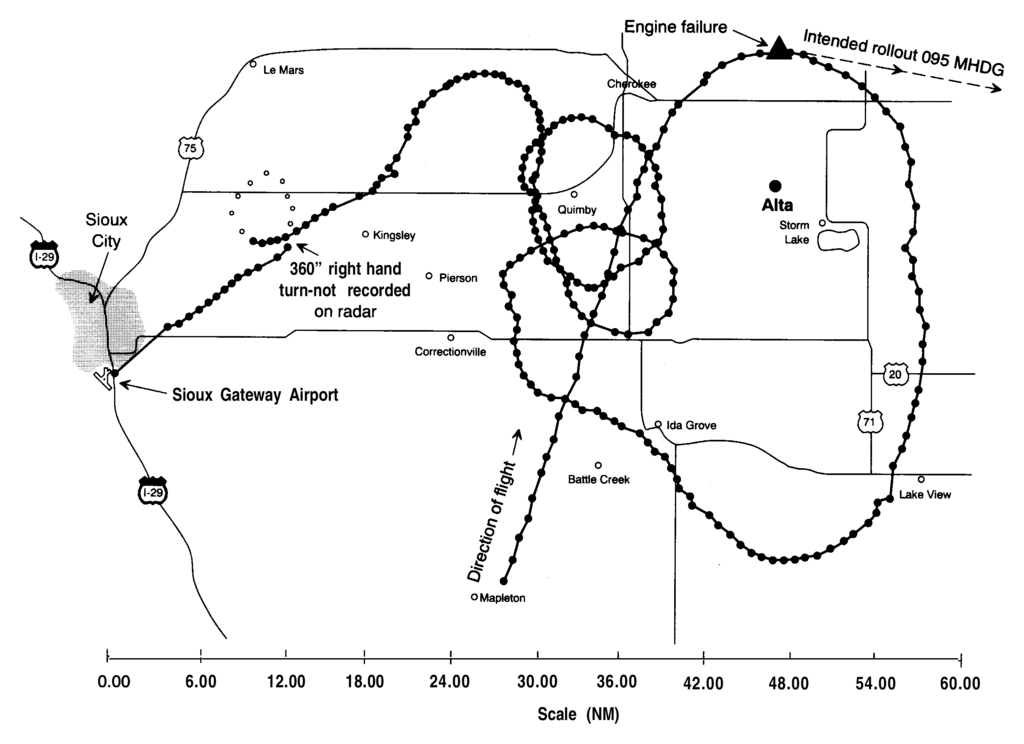
Unbelievably, not on duty, flying as a passenger, was a DC-10 training check airman, Dennis Fitch. He was told the plane had lost all its hydraulics. “That’s impossible” he said “It can’t happen”. Fitch trained pilots for every conceivable emergency, so he knew a DC-10 cannot lose all hydraulics and continue to fly. Fitch knew that in 25 years before this day, no one had ever survived the complete loss of all flight controls in an airliner.
Eventually, Fitch would join Capt. Records and co-pilots Haynes and Dvorak in the cockpit. Communicating and working as a team, they struggled with the crippled air craft for over 30 minutes. Determined to save as many souls as possible. Remarkably, all four survived.
The Landing
Air Traffic Control was contacted and an emergency landing was organized at Sioux Gateway Airport, 60 miles away. Even 1-29 was cleared for landing if the plane could not make it to the airport.
If losing complete loss wasn’t enough, the crew couldn’t put the wheels down, so they had to manually lower the landing gear using handles under the cockpit floor.
They began dumping excess fuel in anticipation of a crash landing. “This is gonna be the roughest landing you’ve ever had” Haynes told the passengers over the intercom.
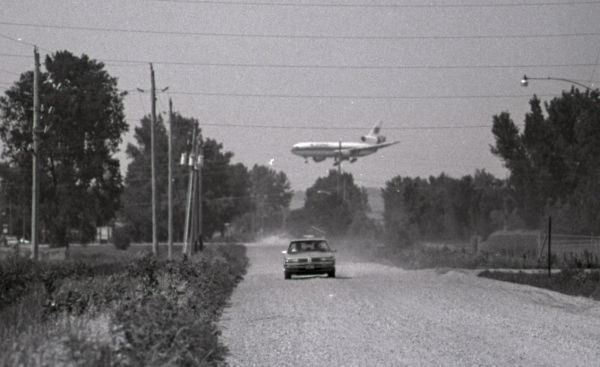
Flight attendants began preparing everyone for impact. Keeping the atmosphere calm, and eliminating as much panic as possible in the cabin.
On top of everything else, the plane had no brakes. Therefore, going 250 miles per hour, the 360,000-pound DC-10 had no way to stop. Fitch would later be grateful “that at the end of the runway was a wide-open field laced in corn”.
When the plane began its crash landing the right wing snapped off, spewing 10,000 pounds of jet fuel, igniting an intense blaze. The right landing gear gouged an 18-inch trench into the concrete. The tail broke off and the fuselage bounced multiple times, breaking into several pieces.
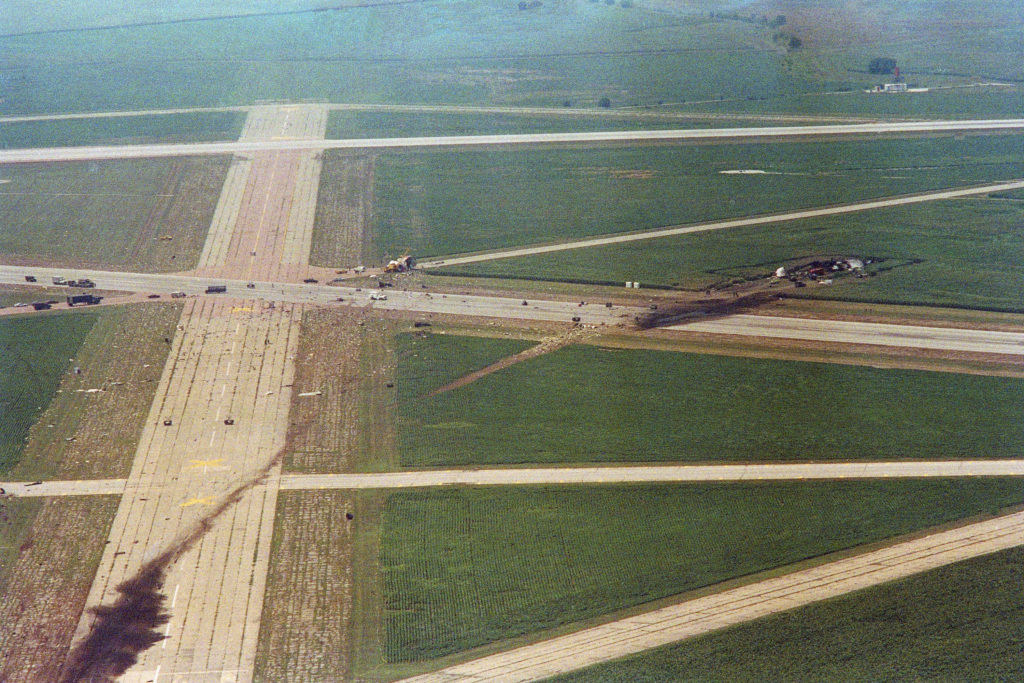

The Survivors
Of the 296 souls, 111 died. While doing research for this blog post, I was surprised that 35 people died of smoke inhalation while surrounded by fire. I have a good friend who is still works for the Sioux City fire department to this day, and says she could hear people crying and screaming for help in parts of the plane, but the fire being powered by jet fuel, was so hot and intense, she could not get to them.
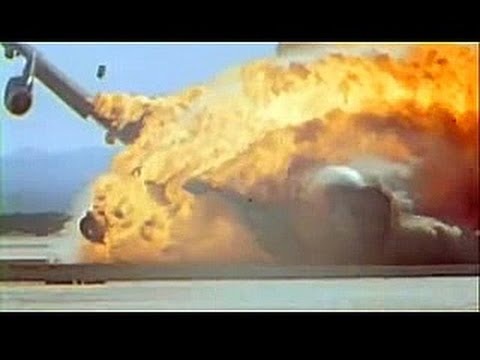
The parts of the plane she could get to, she described people hanging upside down in their seats, and having to unlatch their seatbelt and pull them down, not knowing if they were unconscious or dead. She also remembers having to be careful where she stepped, since there were body parts and debris scattered everywhere, all evidence that needed to be preserved for future investigation.

Jim Walker, a pilot with the 185th Air National Guard located at the Sioux Gateway airport, remembers assuming there could not be any survivors. However, when he arrived at the crash sight he describes “It actually looked like something from Night of the Living Dead, because many of these bodies all of a sudden started sitting up”.
Divine Circumstances
Despite the intensity of the accident, 185 passengers and crew survived. Many of them were able to unhook their seatbelt and walk right out of the mangled fuselage. With a rate of 62.5% survival rate, the flight was considered a success.
The NTSB would come to credit the pilots’ extensive training as a leading factor of the survival rate.
Haynes would later identify three factors that increased the odds of surviving the crash.
- First, the accident happened during daylight hours, and in good weather.
- Secondly, the accident occurred during a shift change at both regional trauma and burn centers in Sioux City, allowing for the most medical personnel to be on staff.
- Thirdly, the accident happened while the Iowa Air National Guard was on duty, thus allowing 285 trained military airmen and women to assist with triage and evacuation.
The Spirit of Siouxland
Not wanting the 111 people who lost their lives during the crash to be alone all night in the dark, many Sioux City and Siouxland residents volunteered to stay overnight. Flood lights were perched all around the crash site to illuminate the dark. I cannot tell you how much pride I have for my community after learning that the people of Siouxland joined together in unity to protect the crash site and be with those who lost their lives.
Citizens brought with them camping gear, food and drink. It looked like a miniature village. Still more, the flight was from Denver to Chicago, so most of the Siouxlanders volunteering their time knew no one on the flight. Making it even more special. This was from the goodness and compassion of their hearts. This is when Siouxland truly came together.
The Flight 232 Memorial
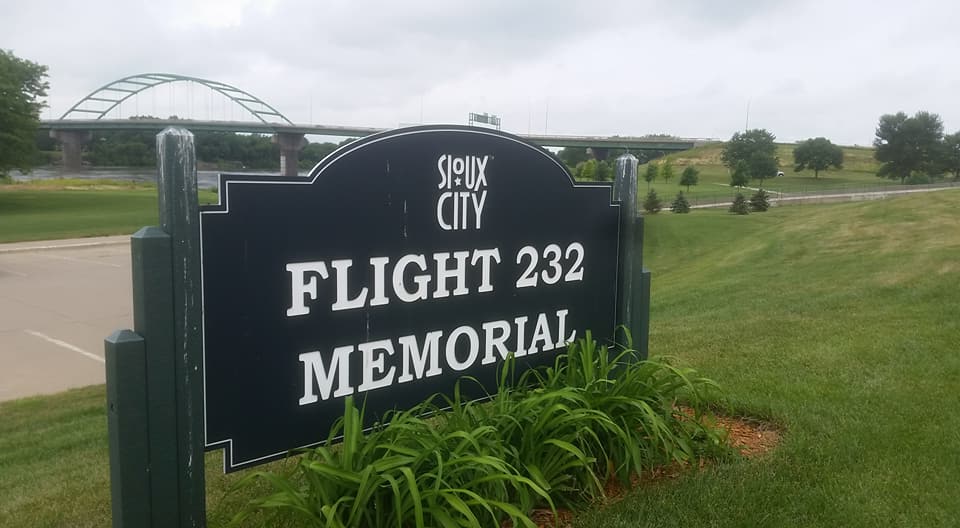
When you make your visit, take your time at this memorial. It is peaceful and touching. Small, but meaningful. With a beautiful view of the Veteran’s Bridge. The memorial honors the rescue efforts undertaken by the Sioux City and Siouxland community after the crash.


The walkway is lined with small trees and dotted with large rocks displaying plaques, each with a quote. Further down is a horse-shoe shaped landing. The statue you’ll see here is of Iowa National Guardsman Lt. Col. Dennis Nielson carrying a small child away from the crash site. Modeled after the now famous picture taken of him that afternoon by a Sioux City journalist.


Mid America Air and Transportation Museum


When you make your way to the Air Musuem, spend some extra time in the Flight 232 section and learn even more history. There they have newspaper clippings from all over the world highlighting the events that day. You’ll see the actual seats from the plane, and diagram of how the fuselage broke apart and passengers belongings.
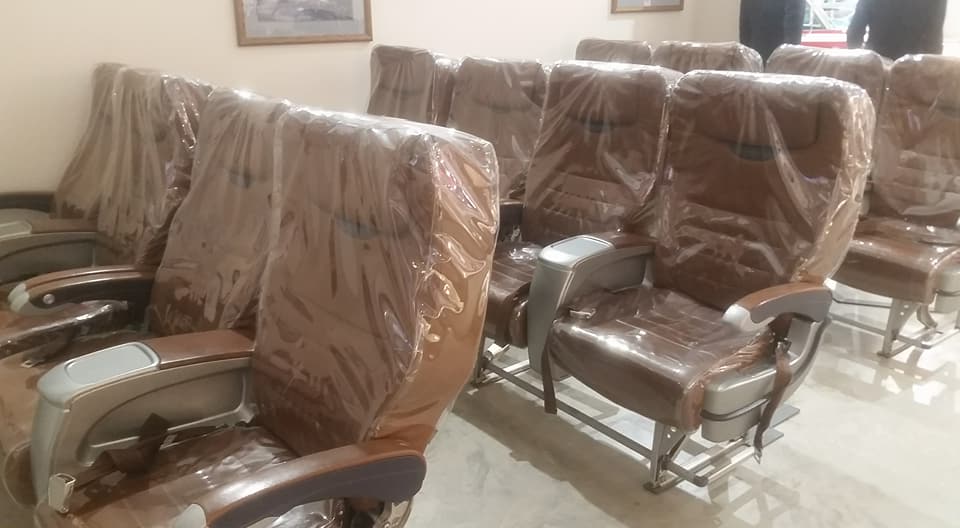

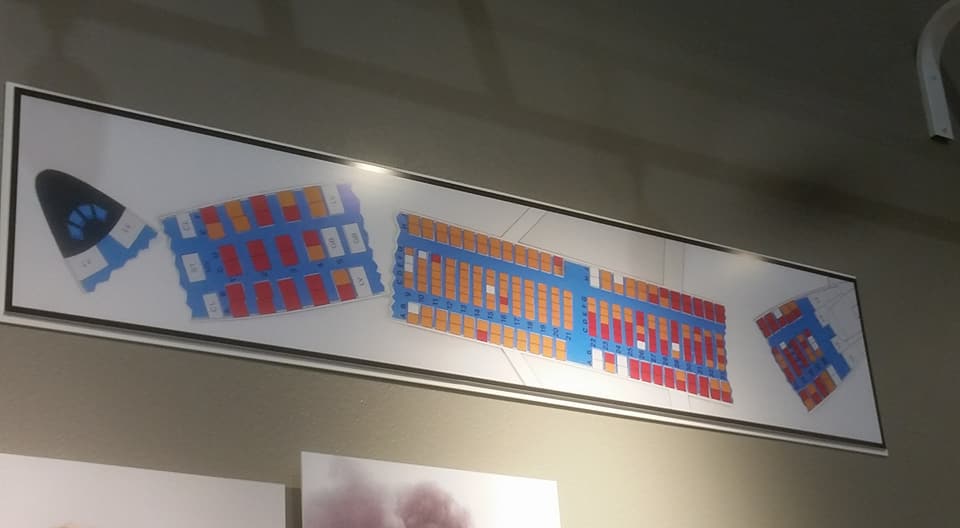
More Information
There is so much more information out there, I only included limited facts. I want you to get the basics of what happened, and maybe you’ll read further about this incident and the heroes who played their part this fateful day.
Read more on the Popular Mechanics website: https://www.popularmechanics.com/flight/a10478/the-final-flight-of-united-232-16755928/
And further flight details and post-crash investigation, visit the Wikipedia page: https://en.wikipedia.org/wiki/United_Airlines_Flight_232
